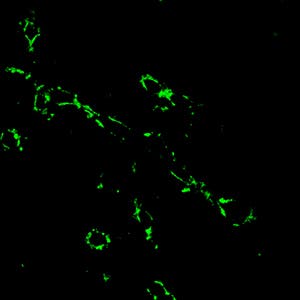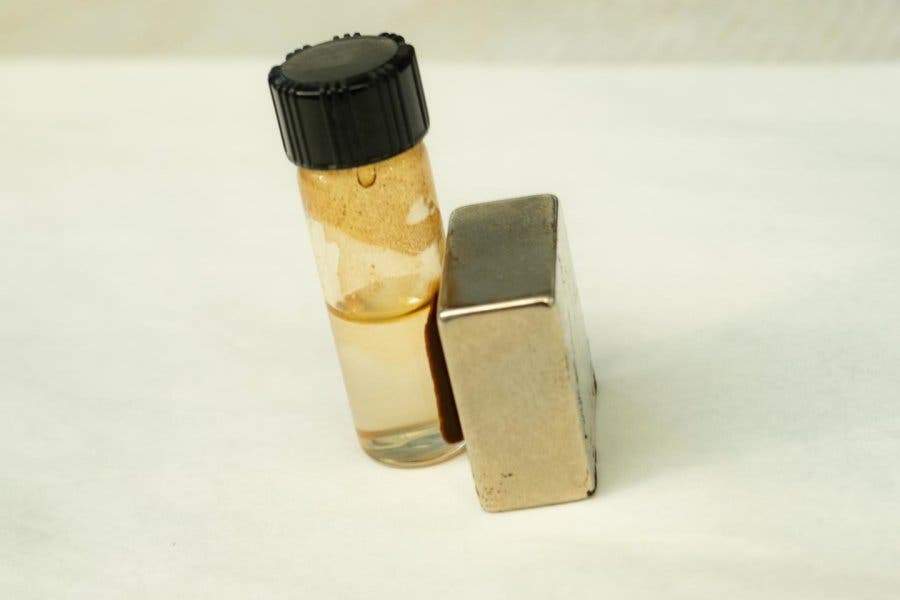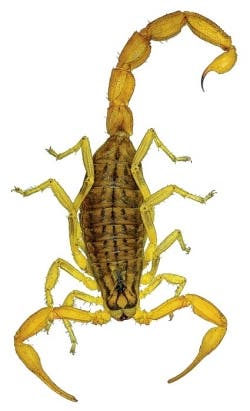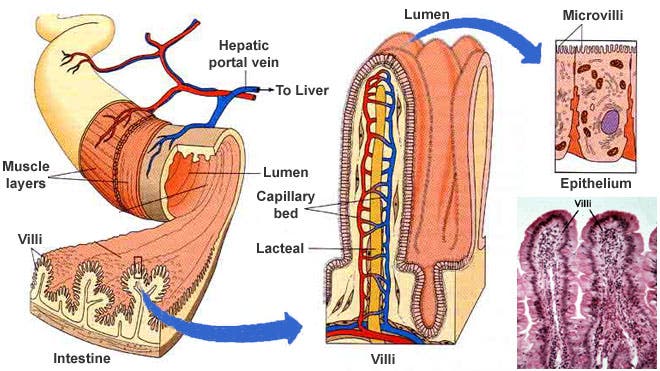Detecting the extent of soft-tissue diseases, such as breast cancer, typically requires invasive medical procedures, like a biopsy. A team of researchers at the A*STAR Institute of Materials Research and Engineering has developed a new self-assembled nanoparticle which acts as a safe fluorescent probe, used to generate 3-D pictures of cancer cell structures in living tissue.

Two-photon microscopy (TPM) uses non-linear absorption of two photons to induce fluorescence that is confined to a very small region. A laser beam scans laterally across the sample to generate 2D fluorescence images from an extremely thin optical section within the sample. This optical section can be varied in depth, building up a stack of images to produce a 3D rendering of the sample.
However, Two-photon microscopy comes at a great disadvantage when used to scan for disease tissue in human patients. The substance used as light-emitting fluorescent probes are usually quantum dots made from nanoscale aggregates of elements such as cadmium and selenium. However these elements are toxic to biological organisms and thus restrict their application.
Bin Liu and colleagues have managed to find a safe alternative by devising a self-assembled nanoparticle capable of absorbing sufficient amounts of laser light to initiate fluorescence imagining. Typically such tiny organic molecules are unable to absorb enough laser light, however the scientists synthesized their material into a star-shaped compound, called dendrimer. This geometry induces much larger cross sections that can absorb two-photons better than isolated fluorescent dyes. The star-shaped dendrimer is biocompatible with cell tissue.
For their experiment, the researchers targeted the surfaces of a breast cancer cell line known as MCF-7. They found that the dendritic dye self-assembled into dispersed nanoparticles when submerged in water; in this particular form the two-photon-absorption cross sections are increased, thus providing a high yield of laser-induced fluorescence. Subsequent TPM imaging revealed a bright fluorescence localized inside the cancer cell cytoplasma as seen in the image captioned in this article.
Their work, reported in the Chemistry European Journal, suggests that bioimaging using this technique is both effective and safe. Quite possibly, if extended to real applications, this technique might revolutionize the field and turn highly invasive procedures obsolete.






